THE RIGHT TOOL MAKES ALL THE DIFFERENCE
TIE BACK TESTING
Employed to reinforce retaining walls for stability.
Tiebacks serve to reinforce retaining walls, anchoring horizontally to resist forces that could cause leaning. Anchored to stable structures, such as concrete deadmen, tiebacks undergo proof testing, progressively loading them for load-elongation curve recording. In excavation support, tiebacks anchor into soil, enhancing stability against hydrostatic uplift, wind, and seismic loads, similar to tiedowns.
TIE BACK TESTING
0 – 2000 TON Capacity
TIE BACK TESTING
We provide testing equipment to test both tiebacks and threaded rod from 1-2000 Tons.
- Centerhole cylinders available from ½” to 15″ center holes.
- Loadcells available with digital readout boxes ranging from 0-1500 Tons.
- Dial indicators, both digital and manual with ranges from 1-20 inches.
- Calibration services from 1-1500 Tons
All systems can be manually, electrically or air operated.-
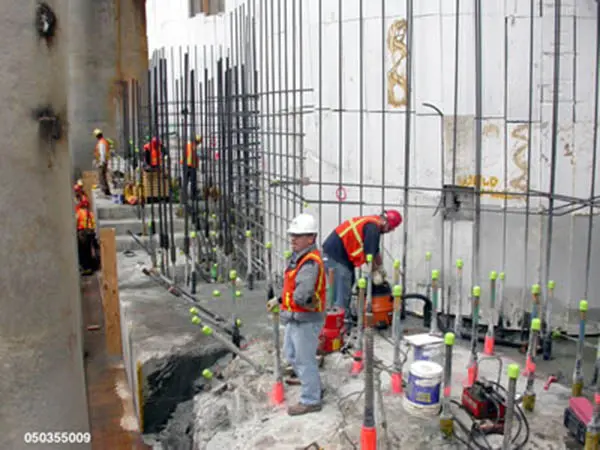
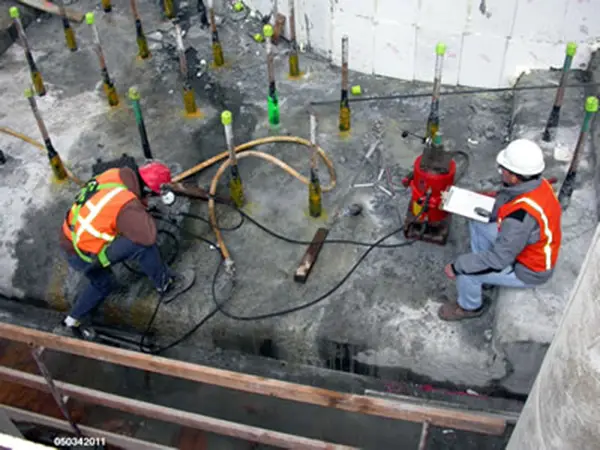
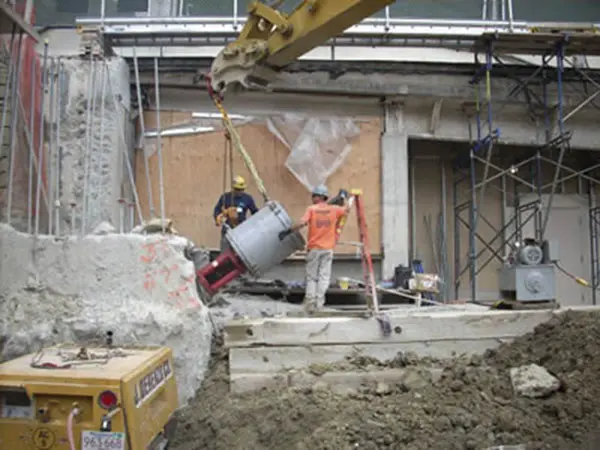
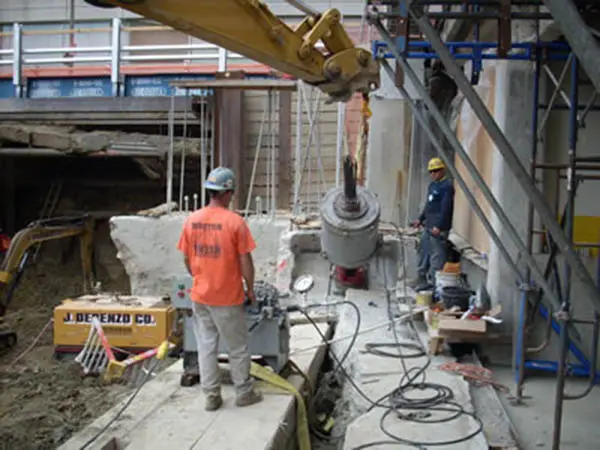
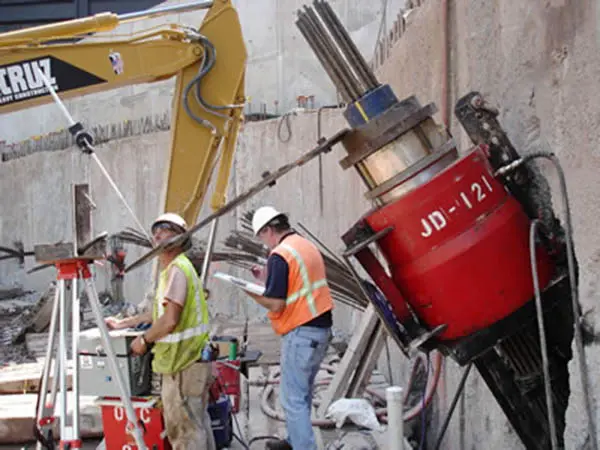
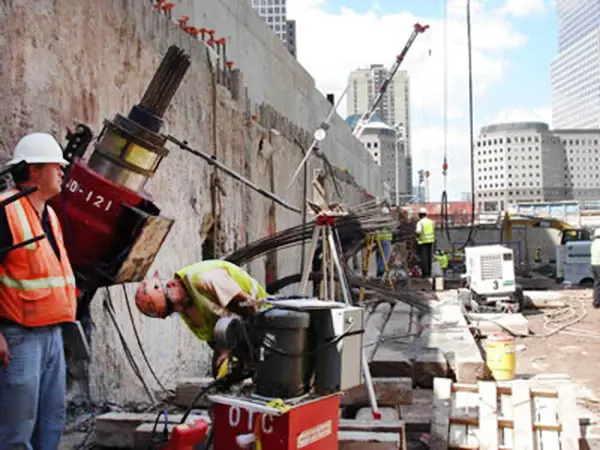
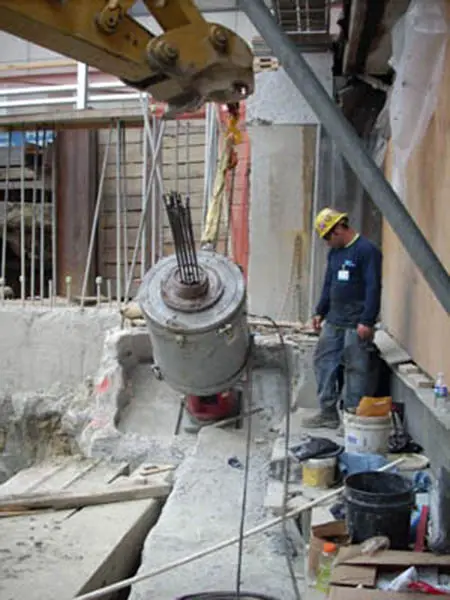
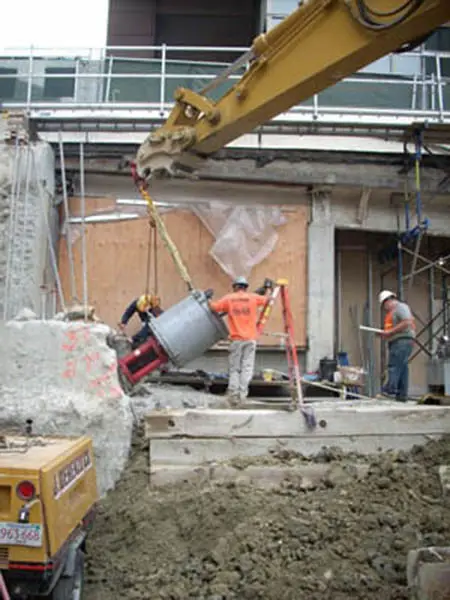
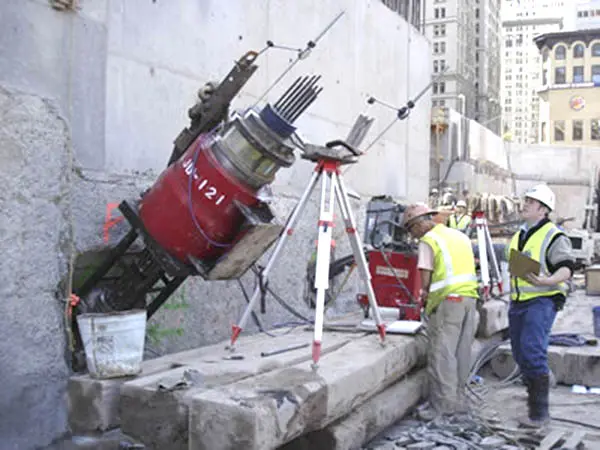
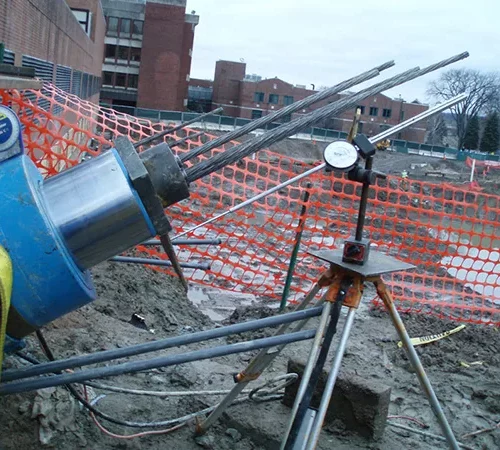
Tie Backs at the Slurry Wall – The World Trade Center
Photo by Eric Ascalon




